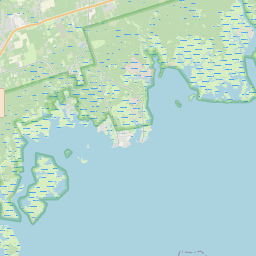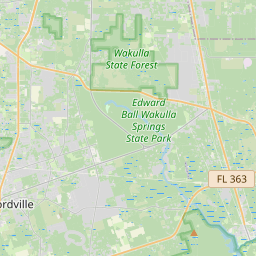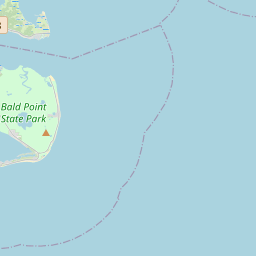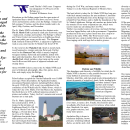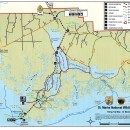Visit Us
St. Marks NWR provides numerous recreation opportunities to thousands of visitors every year. People enjoy viewing the unique geology and diverse wildlife. Regulation of recreation activities allow for public enjoyment of the refuge while still protecting the wildlife and habitats.
Location and Contact Information
- St. Marks National Wildlife RefugeView Details1255 Lighthouse Road St. Marks, FL 32355
Tours
Take a drive down Lighthouse Road to get acquainted with the Refuge. Pick up a map in the Visitor Center or in the online library.
Behind the gates wildlife tours are offered on various dates in Oct. thru Mar.
To better enhance our tours and events we ask that our guests follow the guidelines listed below.
- Registration is required.
- Pets will not be allowed on any tour.
- For your safety and tour enjoyment, we recommend that all participants wear closed-toe shoes, bring a bottle of drinking water, sunscreen, and bug spray (please apply away from the other participants).
- For your comfort and enjoyment, we suggest that you dress for the weather, wearing or bringing layers. It is also a good idea to carry a lightweight rain jacket for unexpected showers or cooling weather
- Practice “pack it in, pack it out”. Any trash, including biodegradable food and packaging, is to be taken back with the participant and disposed of off-site.
- Attendees must arrive early enough to use the restroom prior to tour start time. If tour is scheduled to start at 9, it will be pulling out of the meeting area at 9.
- Leave all plants and animals alone. DO NOT engage in any of the following:
- Eating any leaves and/or berries found alongside trail
- Approaching, handling, or attempting to feed any wildlife
- Collecting any material, with the exception of trash, on refuge property
- Be aware of your surroundings. The refuge is home to venomous snakes, alligators, burrowing animals, and some endangered species. Stay safe, when getting on and off the tour wagon watch your step and try not to disturb any habitats or animals with loud noises.
- As a courtesy to all visitors, those that sign up and are no shows will not be allowed to sign up for another tour.
See Events for a list of available tours.
Our Organization
Our Species
The Refuge lists contain 44 species of mammals, 271 species of birds, and 38 species of amphibians/reptiles. Some are resident and others are seasonal or occasional.
Our Library
You should view the publications before your visit. Please download/print the ones you need. That way you are prepared if the Visitor Center is closed or the supply is exhausted.
Click on View Our Library to see more publications. Allow time to load.
Get Involved
Volunteers at St. Marks National Wildlife Refuge are an integral part of the staff. They assist with numerous projects ranging from wildlife inventories to presenting interpretive programs, and their help has been instrumental in the accomplishment of a number of refuge projects and activities.
The Friends of St. Marks Wildlife Refuge, formed in 1987, is the 501(c)3 non-profit friends group that supports the St. Marks National Wildlife Refuge in accomplishing its biological and educational objectives.
Environmental Education Programs & Field Trips
Attention School teachers, Homeschool groups and Scout leaders: Come to the St Marks National Wildlife Refuge for a FREE field trip! You can pick from one of our current education programs or our Environmental Educator can tailor your trip to fit what you are studying in the classroom. Each lesson incorporates a variety of hands-on activities into every program. Through multi-sensory experiences, audience interaction, fun animal bio facts and meaningful contact with Refuge Staff, all participants may experience a new awareness and appreciation for the natural world.




